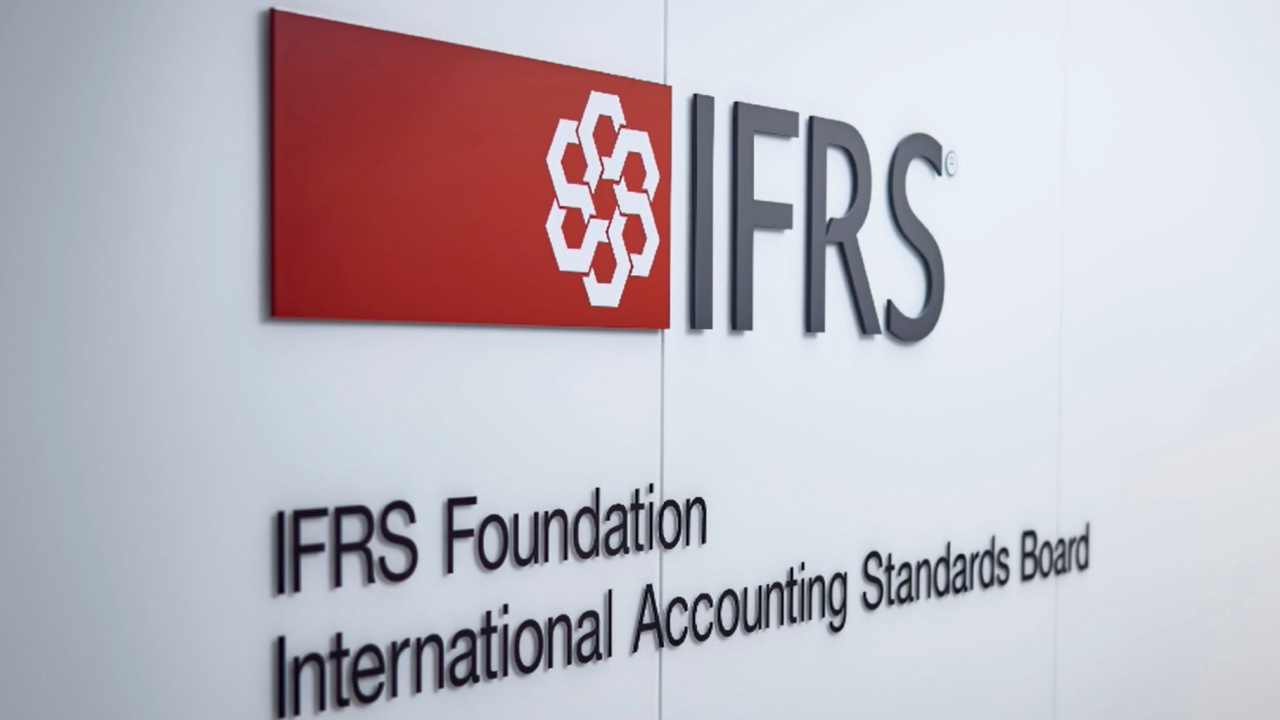There has been much discussion recently regarding the Tax Cuts and Jobs Act Section 174 amortization requirement that took effect for tax years beginning after Dec. 31, 2021.
Because of this provision, taxpayers are now required to amortize their research expenditures over five years for domestic costs and 15 years for foreign research costs. However, a conforming amendment in Section 280C has the potential to provide a much-needed boost to those companies that also claim the Section 41 R&D Credit.
Section 280C disallows expenses for certain federal credits, including the Work Opportunity Tax Credit, the Empowerment Zone Employment Credit, the R&D Credit and others. If a taxpayer claims these credits, they must in turn reduce their deductions by the amounts of the credits claimed and thereby raise their taxable income.
The phrase "no deduction shall be allowed" is a standard phrase that permeates throughout Section 280C to indicate that taxpayers must reduce their deductions by the credit amounts. However, there is an election for the R&D Credit that allows the taxpayer to claim a reduced credit in lieu of reducing their deductions. If the election was made for tax years ending prior to Jan. 1, 2022, the R&D Credit would be "taxed" at the maximum corporate tax rate for the year, which is 21% post-TCJA. This results in the taxpayer multiplying their gross credit amount by 79% and keeping the full deduction amount, which is particularly useful for pass-through shareholders who may be taxed at a higher rate than 21% and/or those that reside in states where federal taxable income is the starting point for determining state tax liability.
The conforming change in Section 280C for Section 174 amortization provision removed the "no deduction shall be allowed" language that disallowed the deduction in the amount of the R&D Credit. Instead, Section 280C(c), which houses the provisions related to the R&D Credit, now indicates that a taxpayer must reduce the amount chargeable to a capital account only if the gross R&D Credit amount exceeds the amount of the allowable research deduction for the year. And even then, a taxpayer only has to reduce the capital account by the excess credit amount.
For example, consider a taxpayer that has $1 million in Section 174 and 41 expenses, generates a $110,000 R&D Credit and is allowed a $100,000 Section 174 deduction for the year. In this scenario, they would only reduce their capital account by the amount of credit in excess of the current deduction for the year, which would be $10,000. A taxpayer can still elect to reduce their R&D Credit to not reduce their capital account, but there likely is not a scenario where electing the 280C would be more favorable to the taxpayer. By not electing the 280C, a taxpayer would be trading more credit now for future deductions spread over five years.
While this all sounds great, the big question is whether the IRS agrees with this interpretation of the new Section 280C(c). To date, there has not been any substantive guidance on either Section 174 amortization or the related Section 280C(c) language, and Treasury officials have indicated that this is unlikely to occur until after April 15, 2023. The current federal Form 6765 instructions for tax year 2022 still contain the previous instructions concerning 280C, indicating that taxpayers must reduce their deductions by the amount of the gross credit if not electing the 280C. This could indicate the IRS maintains that taxpayers must still reduce their deductions, or the instructions may still need to be revised once further Section 174 guidance is issued.
This is one more reason taxpayers should extend their returns to wait and see if the Section 174 amortization requirement is repealed and full deductibility is restored. The American Innovation and Jobs Act proposed by Sens. Maggie Hassan, D-New Hampshire, and Todd Young, R-Indiana, would restore Section 174 deductibility and has a conforming amendment that would restore Section 280C(c) to its pre-2022 language. So, while it may not be advantageous to utilize the 280C election now for those taxpayers who claim the R&D Credit, it may be useful if this bill becomes law. Taxpayers that have Section 174 costs should remain flexible and patient as we continue to navigate this 2022 tax filing season.





